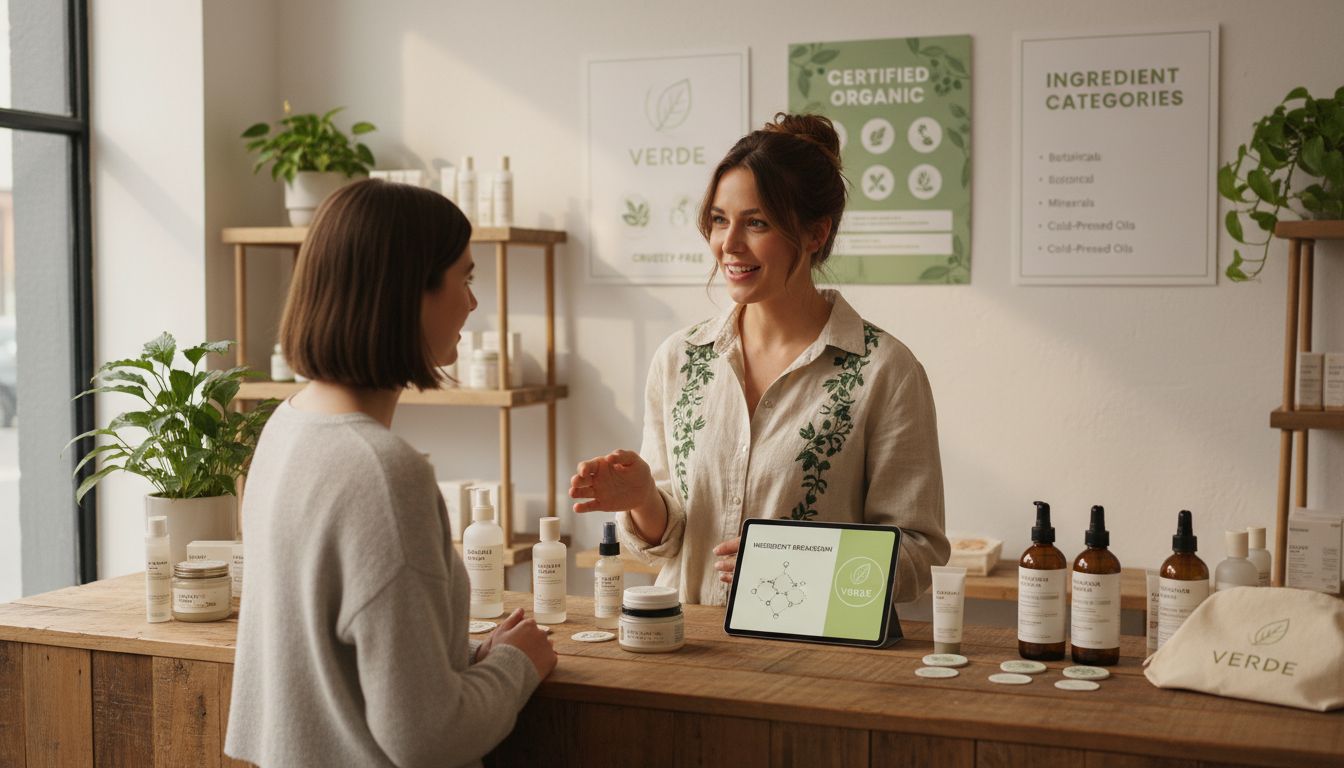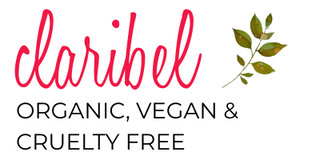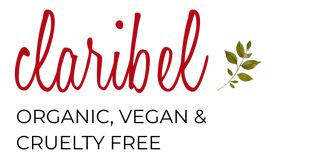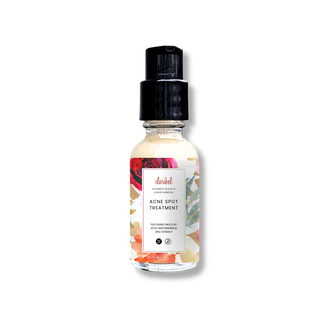Over 60 percent of Americans report confusion when choosing beauty products labeled as ‘clean.’ With no standard definition or government regulation for clean beauty, shoppers face a maze of labels and bold promises. Misinformation and misunderstood terms can lead to costly mistakes and unmet expectations. By uncovering the facts behind clean beauty and breaking down ingredient categories, anyone can make smarter skincare choices and avoid falling for clever marketing tactics.
Table of Contents
- Clean Beauty Definition And Misconceptions
- Variations And Ingredient Categories
- How Clean Beauty Products Work
- U.S. Regulatory Landscape For Clean Beauty
- Benefits Vs Trade-Offs
- Evaluating Alternatives And Common Pitfalls
Key Takeaways
| Point | Details |
|---|---|
| Lack of Regulation | The clean beauty industry is not regulated, leading to varying definitions and claims across brands. Consumers must conduct thorough research to identify genuinely clean products. |
| Common Misconceptions | Many consumers mistakenly believe that ‘natural’ means safe and that all chemical-free products are superior, necessitating a more informed approach to ingredient evaluation. |
| Proactive Ingredient Research | Understanding ingredient lists and seeking transparency can help avoid products that fall under ‘greenwashing’ or misleading classifications. |
| Benefits and Trade-Offs | Clean beauty offers safer formulations but often at higher costs and less consistent performance, requiring consumers to balance their health priorities with realistic product expectations. |
Clean Beauty Definition and Misconceptions
The world of clean beauty is complex and often misunderstood. According to Healthline, the term ‘clean beauty’ currently lacks a standardized definition, which creates significant confusion for consumers seeking safer skincare products.
Without official regulatory oversight, the clean beauty landscape remains ambiguous. Health reports that the FDA does not regulate the ‘clean beauty’ designation, allowing brands substantial latitude in marketing their products as “clean” without consistent criteria. This means consumers must become savvy investigators, understanding what truly constitutes a clean beauty product.
Typical clean beauty misconceptions include:
- Believing “natural” automatically means safe
- Assuming all chemical-free products are superior
- Thinking clean beauty is just a marketing trend
In reality, clean beauty represents a thoughtful approach to product development that prioritizes:
- Ingredient transparency
- Avoiding potentially harmful chemicals
- Ethical manufacturing processes
- Environmental consciousness
For those navigating this nuanced landscape, careful research and understanding ingredient lists becomes critical in making informed skincare choices. Learn more about selecting truly clean products in our comprehensive clean ingredient skin care guide.
Variations and Ingredient Categories
Clean beauty ingredient categories are far more nuanced than most consumers realize. According to Healthline, the interpretation of ‘natural’ ingredients remains broad and inconsistent, creating significant challenges in understanding product composition.
The clean beauty landscape typically encompasses several key ingredient categories:
Here’s a comparison of typical clean beauty ingredient categories and their core characteristics:
| Ingredient Category | Source/Origin | Key Features | Common Misconceptions |
|---|---|---|---|
| Natural Ingredients | Plants Minerals Botanicals |
Minimal processing Plant-based Eco-friendly |
Always safer than synthetic |
| Organic Ingredients | Certified organic farms | Free from synthetic pesticides Non-GMO Eco-certified |
Always more effective |
| Synthetic-Free | Natural sources | No artificial chemicals No synthetic dyes Simple formulas |
Chemical-free means superior |
| Non-Toxic Ingredients | Varies | Safety tested No harmful effects Dermatologist approved |
All brands follow same standard |
- Natural Ingredients: Derived directly from plants, minerals, or botanical sources
- Organic Ingredients: Cultivated without synthetic pesticides or fertilizers
- Synthetic-Free Ingredients: Manufactured without artificial chemical compounds
- Non-Toxic Ingredients: Scientifically evaluated as safe for human use
Simply Well highlights that the absence of strict regulations leads to widespread confusion about these ingredient classifications. This means consumers must become proactive in understanding what truly constitutes a “clean” ingredient.
Navigating these variations requires careful research and a critical eye. Green washing - the practice of marketing products as more environmentally friendly than they truly are - remains prevalent in the beauty industry. Consumers should look for:

- Transparent ingredient lists
- Third-party certifications
- Detailed sourcing information
- Scientific evidence of ingredient safety
Learn more about selecting truly clean products in our comprehensive clean ingredient skin care guide.
How Clean Beauty Products Work
Clean beauty products operate on a fundamental principle of holistic skin health and environmental responsibility. Healthline explains that these products aim to use ingredients deemed safe for both human health and the environment, though the lack of standardization makes their precise effects challenging to study.
The core mechanism of clean beauty products involves carefully selecting and combining ingredients that provide maximum benefit while minimizing potential harm. Simply Well highlights that these products prioritize ingredients scientifically evaluated for safety, focusing on:
- Gentle Formulation: Using non-irritating ingredients
- Minimal Processing: Preserving natural ingredient integrity
- Targeted Nutrition: Delivering concentrated botanical benefits
- Skin Microbiome Support: Maintaining natural skin balance
Unlike traditional skincare, clean beauty products work by supporting the skin’s natural healing and protective mechanisms. They typically avoid harsh chemicals, synthetic fragrances, and potentially toxic preservatives. Instead, they leverage:
- Plant-based antioxidants
- Natural hydrating compounds
- Mineral-based protective elements
- Ethically sourced botanical extracts
For deeper insights into how specific ingredients interact with your skin, check out our comprehensive guide to cleansing ingredients.
U.S. Regulatory Landscape for Clean Beauty
The clean beauty regulatory environment in the United States remains remarkably complex and largely unstructured. Health reveals a critical insight: the FDA does not approve cosmetics before they enter the market, effectively creating a self-regulated industry where brands can independently label products as ‘clean’.
This regulatory ambiguity creates significant challenges for consumers. Washington Post highlights that without standardized criteria, brands have substantial freedom in marketing their products as ‘clean’ - a term with no legal definition.
Key regulatory limitations in the U.S. clean beauty landscape include:
- No pre-market approval process for cosmetics
- Absence of standardized ‘clean beauty’ definition
- Limited oversight on ingredient safety claims
- Minimal restrictions on marketing terminology
For consumers navigating this complex landscape, due diligence becomes crucial. Understanding ingredient safety is paramount, which is why our paraben-free guide offers comprehensive insights into identifying potentially harmful ingredients and making informed skincare choices.
Until formal regulations emerge, consumers must become their own advocates - carefully researching ingredients, understanding product claims, and selecting brands committed to transparency and genuine safety standards.
Benefits vs Trade‑Offs
Clean beauty presents a nuanced landscape of potential advantages and challenges. Healthline reveals a critical insight: while these products aim to use safer ingredients, the lack of regulation means that ‘natural’ can be broadly interpreted, leading to potential inconsistencies in product efficacy.
Health highlights that clean beauty appeals to consumers seeking the gentlest and most effective products. However, this appeal comes with significant trade-offs:
Key Benefits:
- Reduced exposure to potentially harmful chemicals
- Environmentally conscious formulations
- Focus on skin-friendly, natural ingredients
- Potential reduced risk of long-term skin irritation
Significant Trade-Offs:
- Higher product costs
- Potentially shorter shelf life
- Less consistent performance
- Limited scientific validation of claims
Navigation of these trade-offs requires a sophisticated approach. Consumers must balance their desire for gentler products with realistic expectations about performance and effectiveness. Understanding ingredient lists becomes crucial - which is why our cruelty-free beauty guide offers deeper insights into making informed skincare choices.
![]()
Ultimately, clean beauty is a personal journey. It demands careful research, individual skin understanding, and a willingness to experiment with products that align with both health consciousness and personal skincare needs.
Evaluating Alternatives and Common Pitfalls
Clean beauty requires a discerning approach to product selection. Healthline warns consumers about the prevalent issue of ‘greenwashing’ - a marketing strategy where companies use vague, unregulated terms like ‘natural’ or ‘chemical-free’ to mislead potential buyers.
Health emphasizes that the lack of industry regulation allows brands substantial freedom in labeling products, creating significant challenges for informed consumers.
Common Pitfalls to Avoid:
- Blindly trusting ‘natural’ or ‘clean’ labels
- Ignoring ingredient lists
- Assuming higher price equals better quality
- Overlooking individual skin sensitivities
- Neglecting product performance claims
Strategies for Intelligent Product Selection:
- Research ingredient backgrounds
- Look for third-party certifications
- Patch test new products
- Understand your specific skin needs
- Prioritize transparency from brands
For consumers seeking reliable guidance through this complex landscape, our vegan body care guide offers comprehensive insights into making educated skincare choices that align with both health and ethical considerations.
Remember, clean beauty is about making informed decisions that balance personal health, environmental consciousness, and individual skincare requirements. Critical thinking and ongoing education remain your most powerful tools in navigating this evolving market.
Experience True Clean Beauty with Claribel Skincare
Navigating the confusing world of clean beauty can leave you frustrated and worried about what you are actually putting on your skin. With so many products claiming to be natural or chemical-free without clear definitions, finding reliable options that truly prioritize your skin’s health and safety feels overwhelming. If you seek transparent ingredients that avoid fillers and toxic chemicals while delivering real results, our curated collection of Natural Cleansers is designed just for you.

Discover the power of clean beauty that aligns with your values and skincare goals. Our clean list, vegan, and cruelty-free products come packed with the most sought-after active ingredients to support a healthy glow without compromise. All orders ship free within the US so you can start your journey today. Visit ClaribelSkincare.com to explore solutions tailored for Blemish Prone or Dry skin types and take control of your skincare routine with confidence.
Frequently Asked Questions
What is clean beauty?
Clean beauty refers to skincare and cosmetic products that prioritize ingredient transparency, avoid potentially harmful chemicals, and adhere to ethical manufacturing processes. However, the term lacks a standardized definition.
How can I identify clean beauty products?
To identify clean beauty products, look for transparent ingredient lists, third-party certifications, and brands that provide detailed sourcing information. Avoid products that rely on vague marketing terms.
What are the main ingredient categories in clean beauty?
The main ingredient categories in clean beauty include natural, organic, synthetic-free, and non-toxic ingredients. Each category has specific characteristics and misconceptions associated with it, which consumers should be aware of when choosing products.
What are the benefits and trade-offs of using clean beauty products?
Benefits of clean beauty include reduced exposure to harmful chemicals and environmentally conscious formulations. Trade-offs may include higher costs, shorter shelf life, and variability in product performance. It is essential to balance personal preferences with realistic expectations.



